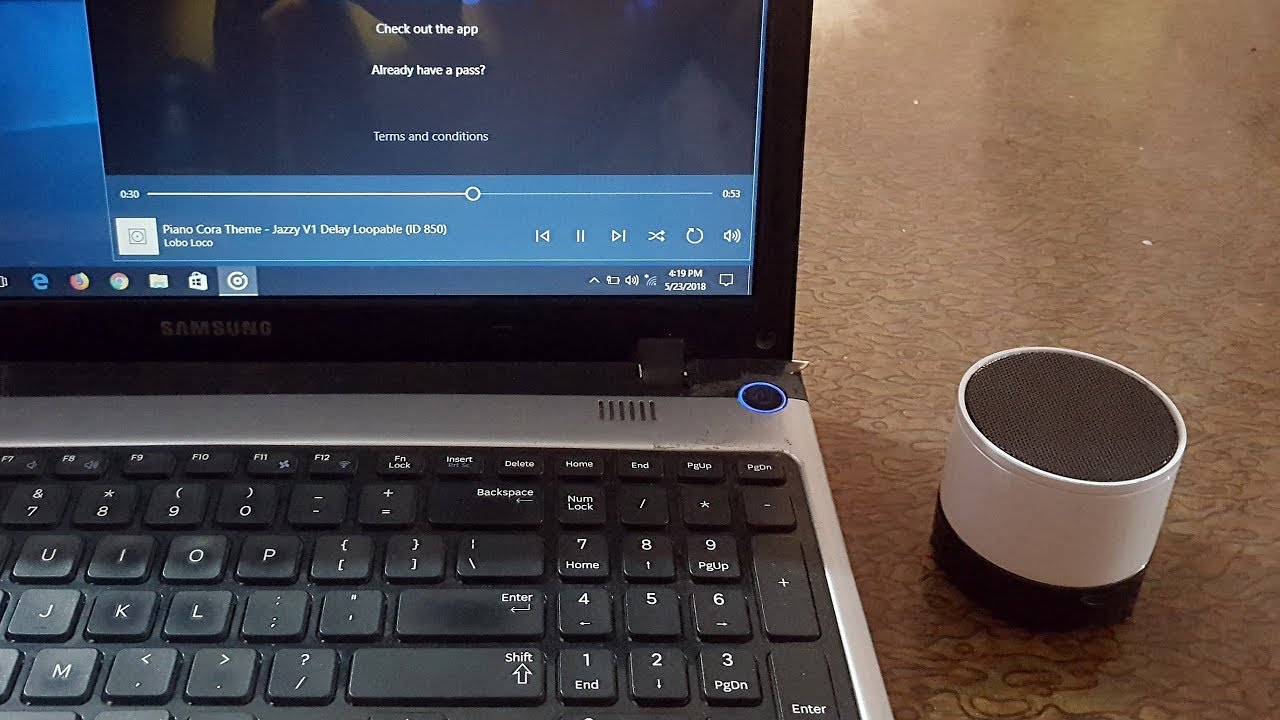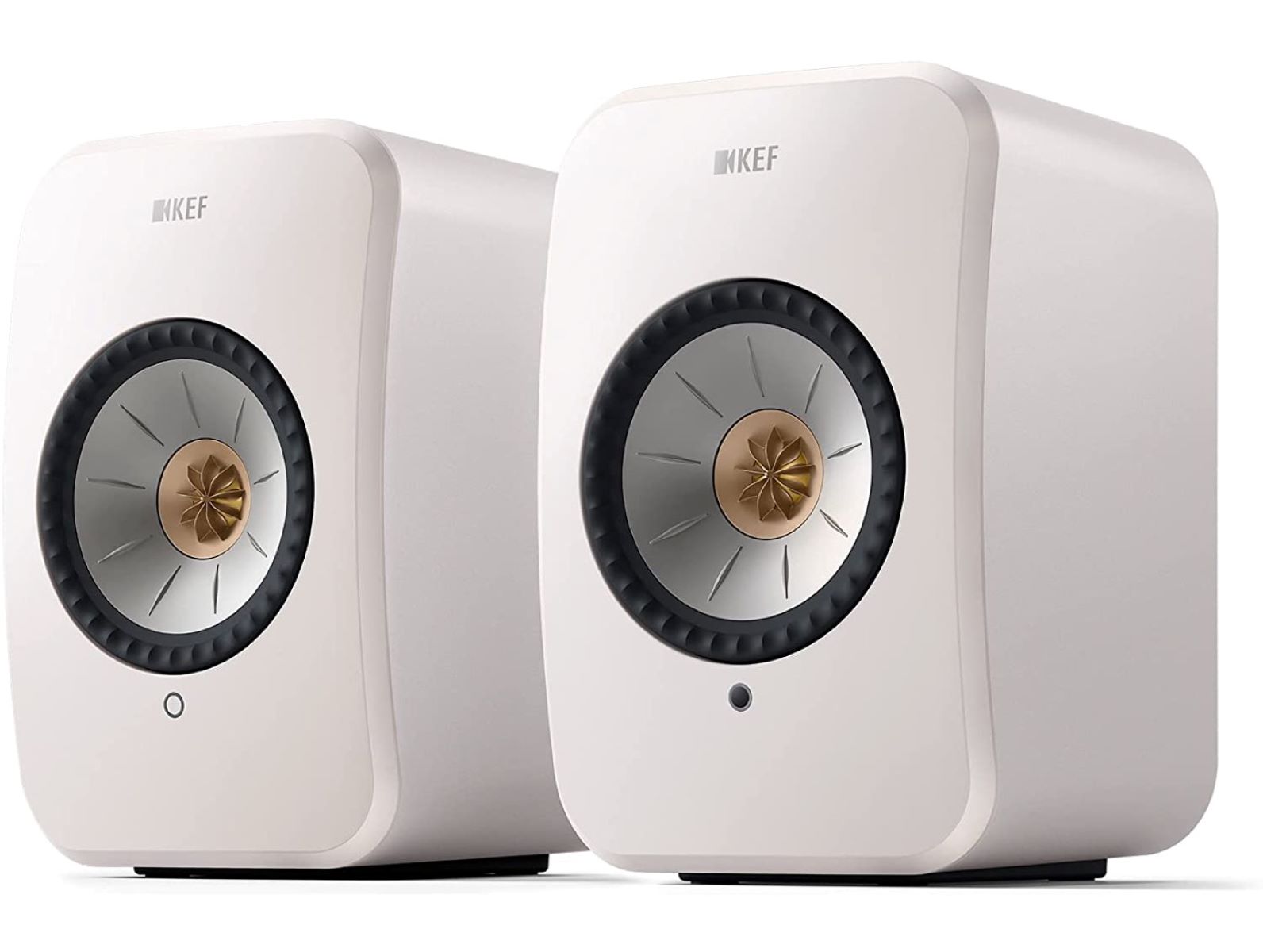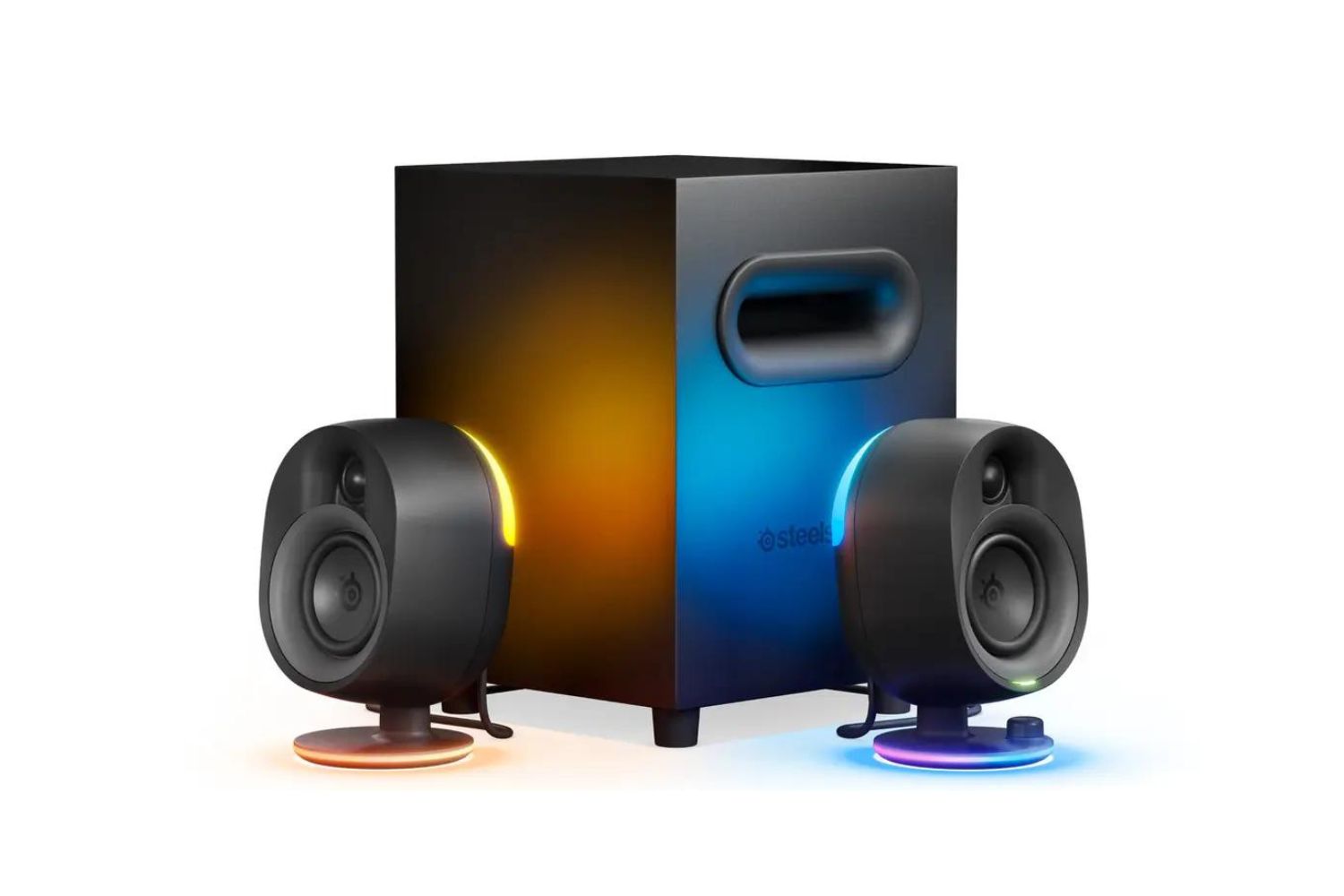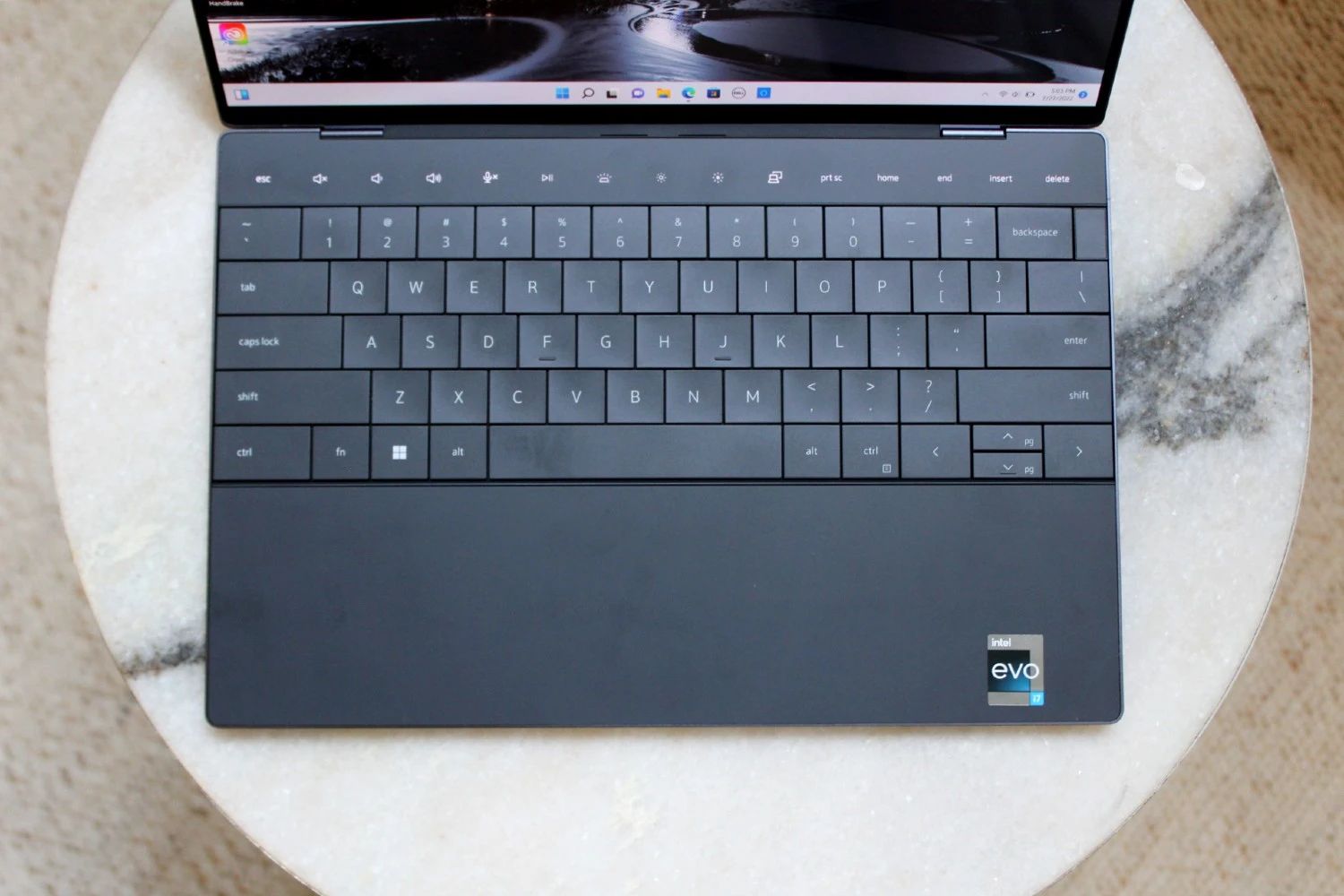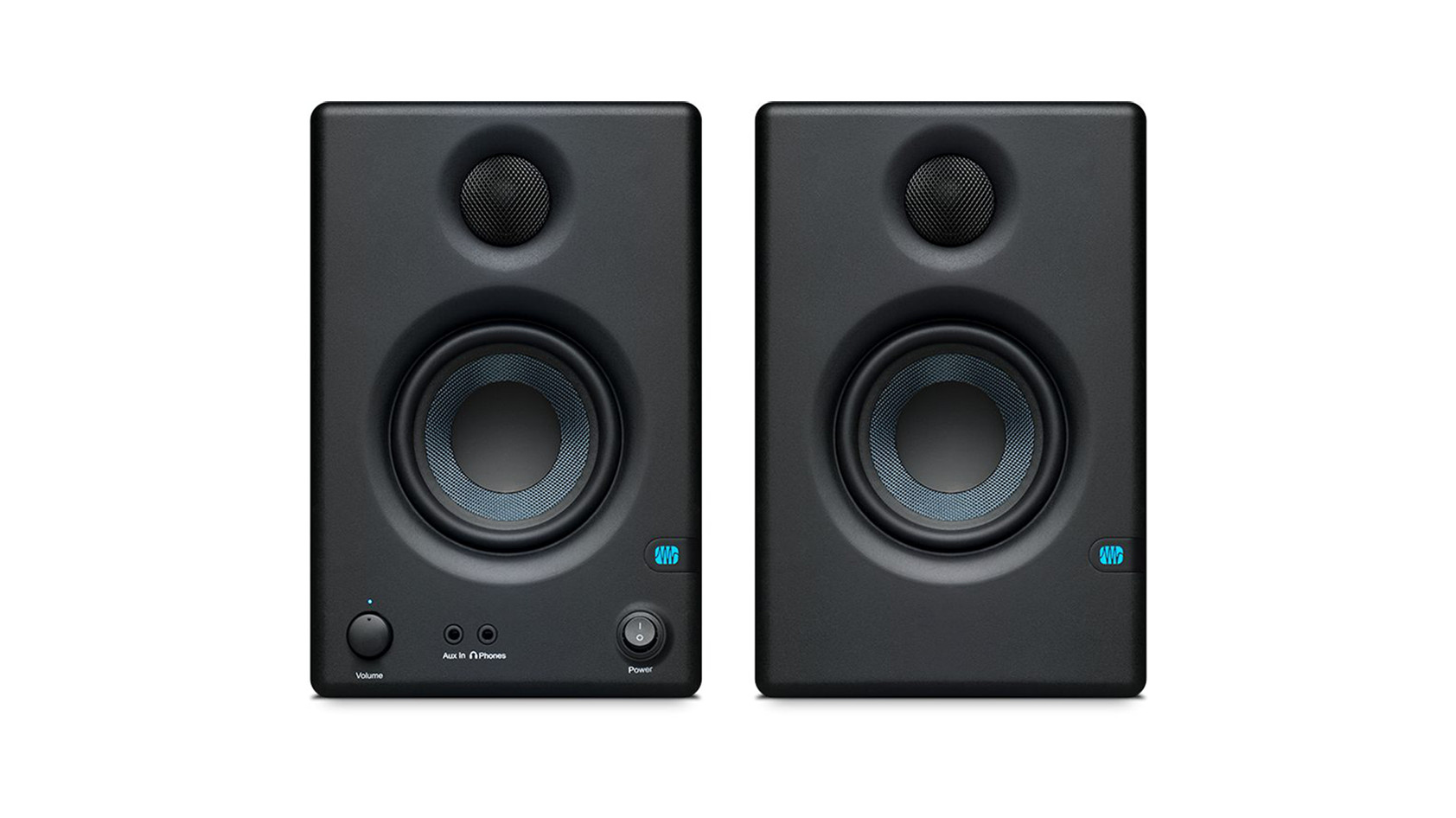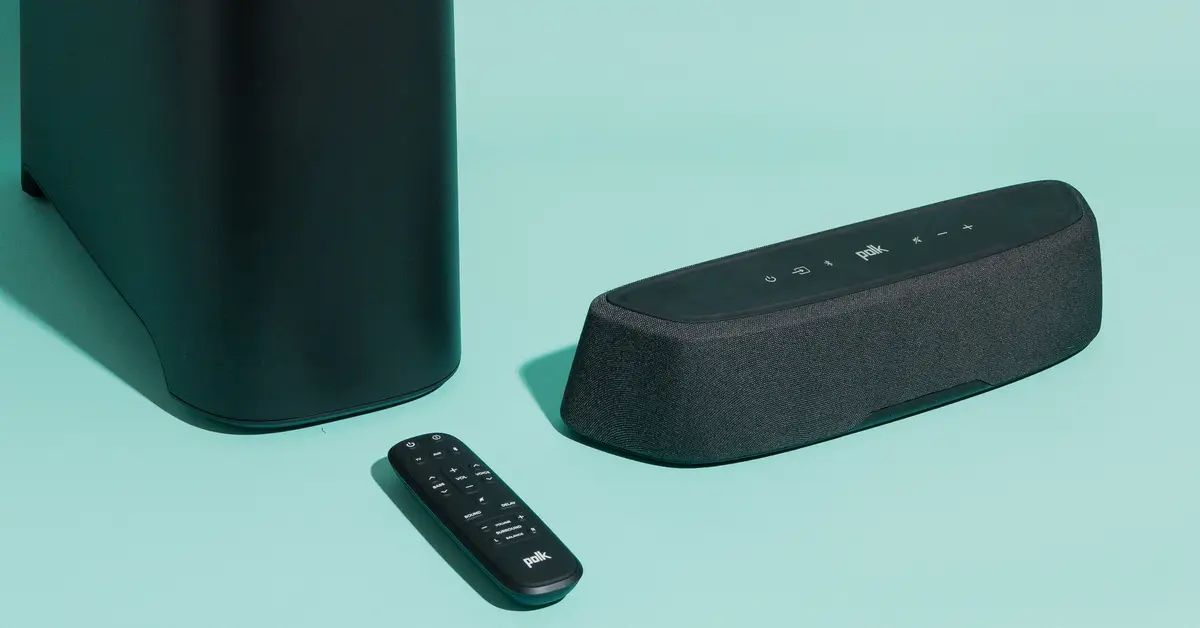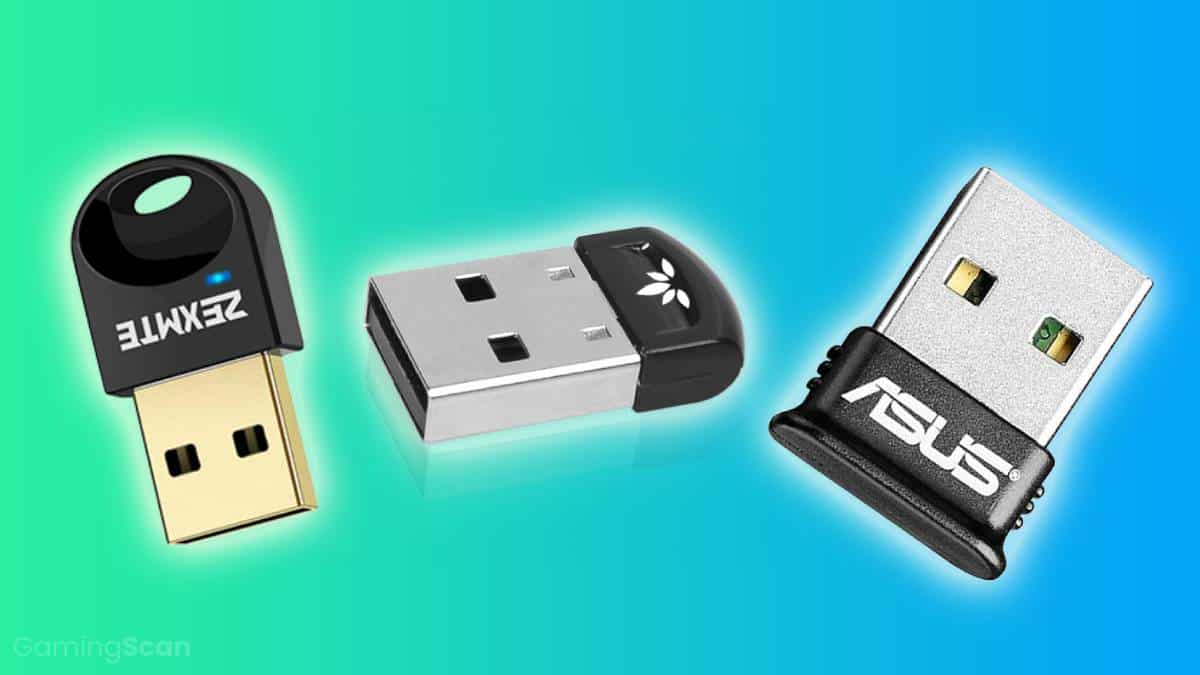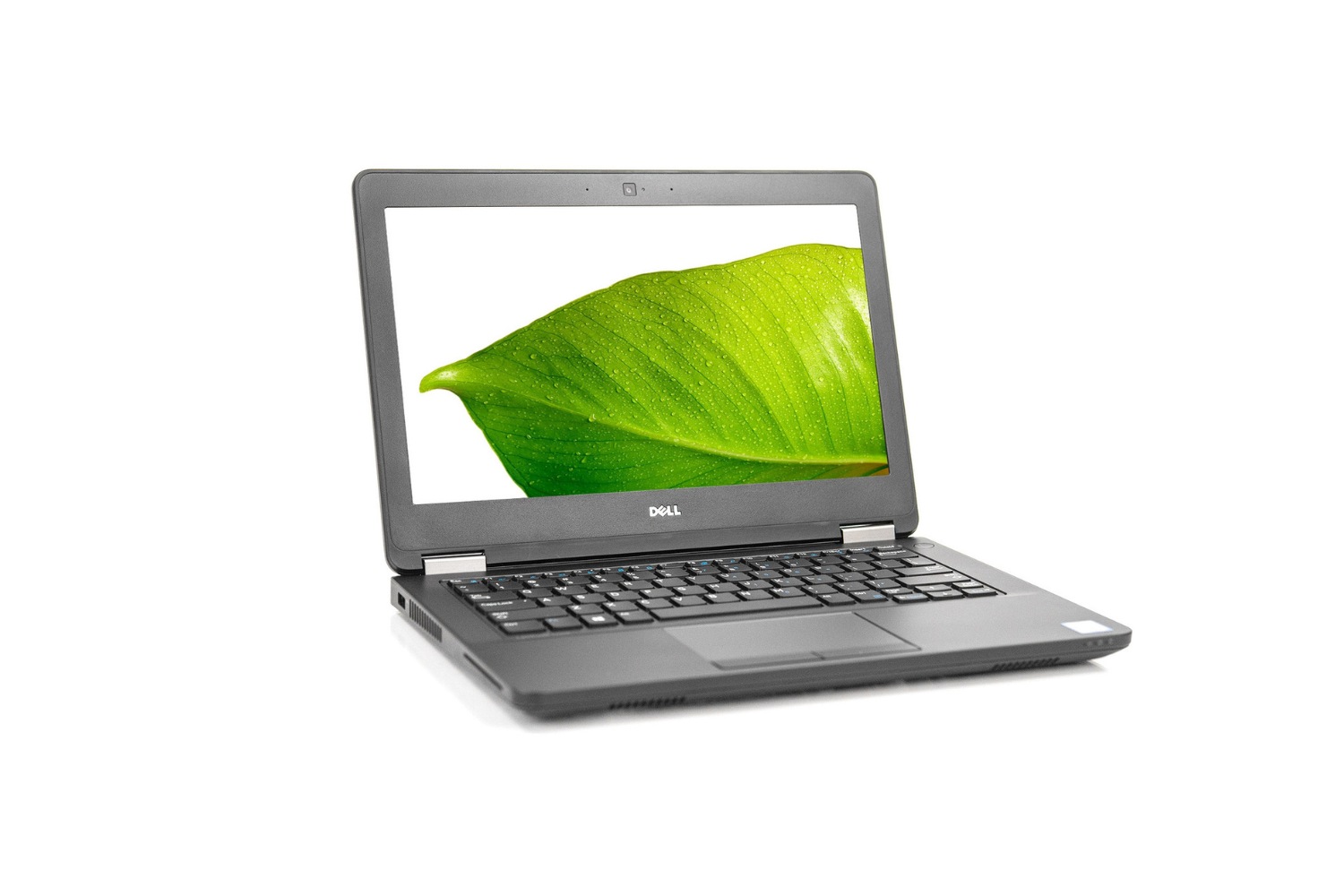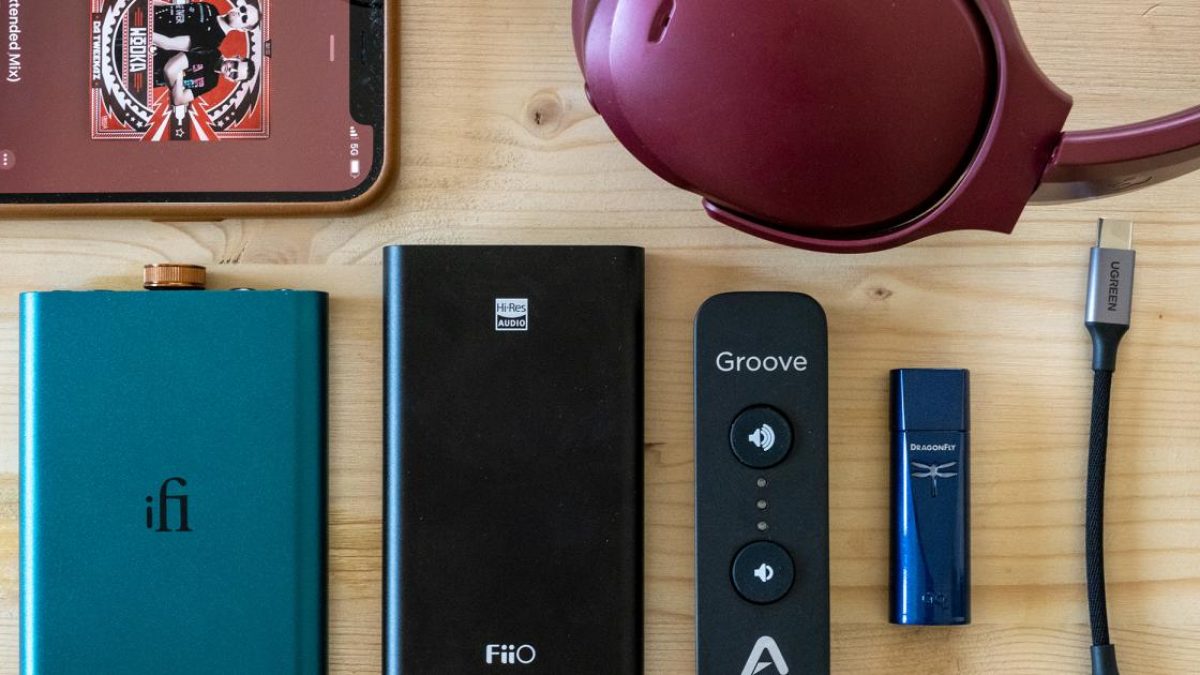Introduction
Connecting a Bluetooth speaker to a laptop allows you to enjoy high-quality audio wirelessly, making it a convenient option for music lovers and those who want to enhance their laptop’s audio output. Bluetooth technology eliminates the need for messy wires and provides a seamless and hassle-free connection. Whether you want to stream your favorite music, watch movies with enhanced audio, or have a more immersive gaming experience, connecting a Bluetooth speaker to your laptop can enhance your overall multimedia experience.
In this article, we will guide you through the process of connecting a Bluetooth speaker to your laptop. We will provide step-by-step instructions to help you establish a successful connection and get the most out of your Bluetooth speaker.
Before we dive into the steps, it’s important to note that the specific process may vary slightly depending on the operating system and Bluetooth capabilities of your laptop. However, the general principles remain the same, and we will provide instructions that should work for most laptops running Windows or macOS.
So, if you’re ready to enhance your laptop’s audio capabilities and enjoy the freedom of wireless music playback, let’s get started with the process of connecting a Bluetooth speaker to your laptop!
Step 1: Turn on the Bluetooth Speaker
The first step in connecting a Bluetooth speaker to your laptop is to ensure that the speaker is turned on and in pairing mode. Follow these simple steps to turn on your Bluetooth speaker:
- Locate the power button on your Bluetooth speaker. It is usually labeled with the power symbol (a circle with a vertical line).
- Press and hold the power button for a few seconds until you see an indicator light or hear a sound indicating that the speaker is turned on.
- Once the speaker is powered on, check if there is a dedicated Bluetooth pairing button or if the speaker automatically enters the pairing mode upon being turned on. If there is a pairing button, press and hold it until the Bluetooth indicator light starts flashing or the speaker emits a sound indicating that it is ready to pair.
- If your Bluetooth speaker does not have a dedicated pairing button, it may automatically enter pairing mode when it is turned on. Look for an indicator light that starts flashing or a voice prompt that confirms the speaker is ready to pair.
It’s important to consult the user manual that came with your Bluetooth speaker for specific instructions on how to turn it on and enter pairing mode. Different speakers may have slightly different procedures, so it’s always a good idea to refer to the manufacturer’s guidelines.
Now that your Bluetooth speaker is turned on and in pairing mode, you’re ready to move on to the next step: enabling Bluetooth on your laptop.
Step 2: Enable Bluetooth on the Laptop
In order to connect your Bluetooth speaker to your laptop, you need to make sure that Bluetooth is enabled on your laptop. Here’s how you can enable Bluetooth on both Windows and macOS:
- Windows:
- Click on the “Start” menu, usually located at the bottom-left corner of the screen.
- Type “Bluetooth” in the search bar and select “Bluetooth and Other Devices Settings” from the search results.
- In the Bluetooth settings window, toggle the switch to “On” under the “Bluetooth” section. This will enable Bluetooth on your Windows laptop.
- macOS:
- Click on the Apple menu in the top-left corner of the screen and select “System Preferences” from the drop-down menu.
- In the System Preferences window, click on the “Bluetooth” icon.
- Ensure that the “Bluetooth” checkbox is selected to enable Bluetooth on your macOS laptop.
Once you have enabled Bluetooth on your laptop, a Bluetooth icon should appear in the taskbar or menu bar, indicating that Bluetooth is active and ready for pairing.
It’s important to note that the steps may vary slightly depending on the version of Windows or macOS you are using. However, the general process remains the same.
Now that Bluetooth is enabled on your laptop, you’re ready to move on to the next step: pairing the Bluetooth speaker with your laptop.
Step 3: Pair the Bluetooth Speaker and Laptop
Now that you have ensured that Bluetooth is enabled on your laptop, it’s time to pair your Bluetooth speaker with your laptop. Follow these steps to successfully pair the two devices:
- Open the Bluetooth settings on your laptop. On Windows, you can do this by clicking on the Bluetooth icon in the taskbar and selecting “Add Bluetooth or other device.” On macOS, you can access Bluetooth settings through the System Preferences menu, just like in Step 2.
- In the Bluetooth settings window, click on the option to add a new device or “Pair a new device.” Your laptop will start searching for nearby Bluetooth devices.
- On your Bluetooth speaker, the name of the device should be displayed. This name may vary depending on the speaker model. Select your Bluetooth speaker from the list of available devices.
- Once you have selected the Bluetooth speaker, click on the “Pair” or “Connect” button on your laptop. This will initiate the pairing process.
- Your laptop will now attempt to establish a connection with the Bluetooth speaker. This process may take a few seconds, and you may see a progress bar or a notification confirming the pairing.
- Once the pairing is successful, your laptop will display a message indicating that the Bluetooth speaker is connected. The indicator light on the speaker may also stop flashing, indicating a successful connection.
It’s worth noting that during the pairing process, some Bluetooth speakers may require you to enter a PIN or passkey. These are often provided in the user manual or can be found on the manufacturer’s website. Make sure to follow any additional instructions provided by the speaker manufacturer.
Now that your Bluetooth speaker is paired with your laptop, it’s time to adjust the audio settings to ensure the audio is routed through the speaker.
Step 4: Adjust Audio Settings on the Laptop
After successfully pairing your Bluetooth speaker with your laptop, it’s important to adjust the audio settings to ensure that the sound is routed through the speaker. Follow these steps to make the necessary adjustments:
- On your laptop, locate the volume control icon in the taskbar or menu bar. It is usually represented by a speaker symbol. Click on this icon to open the volume control panel.
- In the volume control panel, check if the Bluetooth speaker is selected as the default audio output device. If it is not, you may need to select it from the list of available devices. This step may vary depending on your operating system.
- Once you have selected the Bluetooth speaker as the default audio output device, adjust the volume level to your preference. You can usually drag a slider or use the volume up/down keys on your keyboard.
- To test the audio playback, you can play a music file or a video on your laptop. The sound should now be coming through the Bluetooth speaker instead of the laptop’s built-in speakers.
- If the audio is not playing through the Bluetooth speaker, double-check the connections and make sure the Bluetooth speaker is still paired with your laptop. You may also want to verify that the volume on the speaker itself is turned up.
- Additionally, you can adjust the audio settings of specific applications or media players that you use on your laptop. Most media players have options to choose the audio output device. Make sure to select the Bluetooth speaker as the audio output device in those applications as well.
By adjusting the audio settings on your laptop, you can ensure that the sound is routed through your Bluetooth speaker, allowing you to enjoy improved audio quality and an enhanced listening experience.
Troubleshooting Tips
While connecting a Bluetooth speaker to your laptop is usually a straightforward process, you might encounter some issues along the way. Here are some troubleshooting tips to help you overcome common problems:
- Ensure the Bluetooth speaker is in range: Make sure that the distance between your laptop and the Bluetooth speaker is within the specified range. Bluetooth connectivity can weaken over longer distances, so keeping the devices closer to each other can improve the connection.
- Restart the devices: Sometimes, a simple restart can resolve connectivity issues. Turn off both the Bluetooth speaker and your laptop, then turn them back on and attempt to reconnect.
- Unpair and pair again: If the initial pairing attempt fails, try unpairing the Bluetooth speaker from your laptop and then repeat the pairing process from the beginning.
- Update drivers: Ensure that the Bluetooth driver on your laptop is up to date. Outdated drivers can cause connectivity issues. Visit the manufacturer’s website or use the device manager on your laptop to check for and update the Bluetooth driver.
- Disable interference: Other wireless devices and obstacles can interfere with Bluetooth signals. Turn off or move away from other wireless devices like Wi-Fi routers, microwave ovens, or cordless phones when attempting to connect your Bluetooth speaker.
- Charge the Bluetooth speaker: If the speaker has a built-in battery, ensure that it is adequately charged. Low battery levels can cause connectivity problems.
- Reset the Bluetooth speaker: If all else fails, you can try resetting the Bluetooth speaker to its factory settings. Refer to the user manual or contact the manufacturer for instructions on how to reset your specific speaker model.
By following these troubleshooting tips, you should be able to overcome common connectivity issues and successfully connect your Bluetooth speaker to your laptop.
Conclusion
Connecting a Bluetooth speaker to your laptop can greatly enhance your audio experience, providing you with the convenience of wireless audio playback. By following the steps outlined in this article, you can successfully connect your Bluetooth speaker to your laptop and enjoy high-quality sound without the hassle of wires.
Remember to turn on and put your Bluetooth speaker in pairing mode before enabling Bluetooth on your laptop. Once the devices are paired, adjust the audio settings on your laptop to ensure that the sound is routed through the Bluetooth speaker. Troubleshooting tips can help you overcome any connectivity issues that may arise along the way.
It’s important to note that the specific steps may vary depending on your laptop’s operating system and the Bluetooth speaker model you are using. Consulting the user manual for both your laptop and speaker can provide detailed instructions tailored to your specific devices.
With your Bluetooth speaker successfully connected to your laptop, you can indulge in your favorite music, movies, and games with improved audio quality and a truly immersive experience. Enjoy the freedom and convenience of wireless audio playback!







